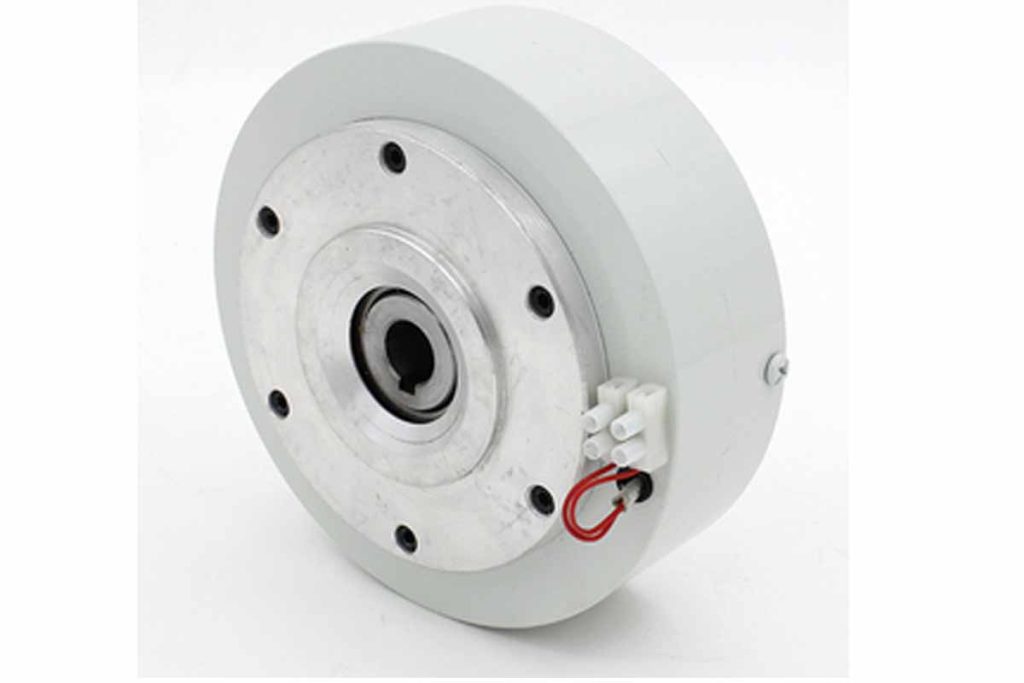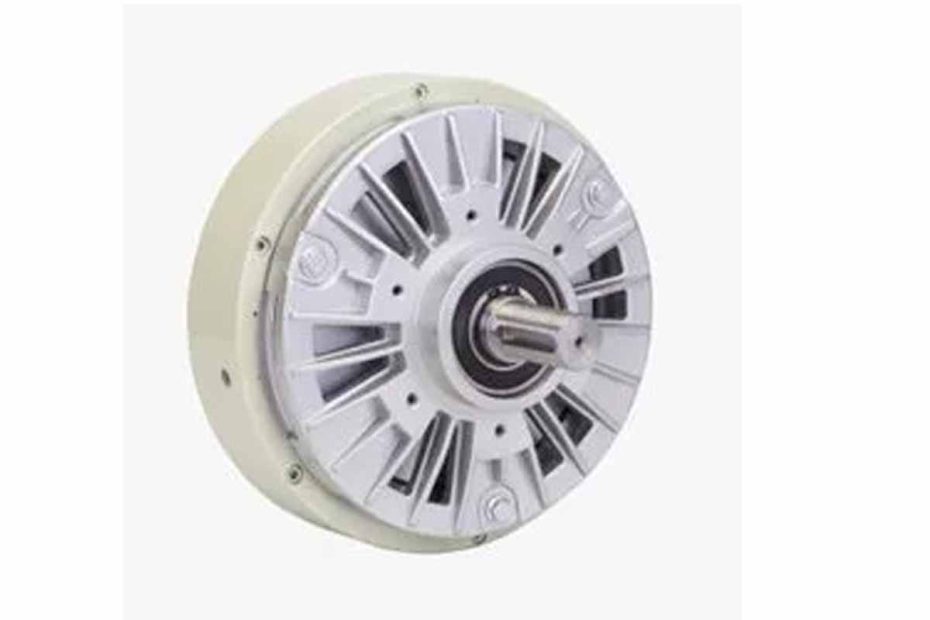In the dynamic world of printing technology, precision and control are paramount. One often overlooked but crucial component in achieving this balance is the magnetic particle brake. This article delves into the intricate role that magnetic particle brakes play in the printing industry, unraveling their significance and impact.
Magnetic particle brakes are electromagnetic devices designed to provide controlled resistance and torque in rotating machinery. Comprising an assembly of magnetic particles within a rotor and stator configuration, these brakes offer precise control over the output shaft’s rotational speed. In the printing industry, where accuracy is key, these brakes find a unique and indispensable application.
How Magnetic Particle Brakes Work
At the heart of magnetic particle brakes lies the principle of electromagnetic induction. When a magnetic field is applied to the brake, the magnetic particles within the working gap align with the magnetic lines of force. This alignment induces shear forces, creating resistance in the rotating element. The degree of torque control is achieved by varying the strength of the magnetic field.
Role of Magnetic Particle Brakes in Printing Presses
Printing presses demand a delicate balance between speed and precision. Magnetic particle brakes step in as the silent but powerful guardians of this equilibrium.
1. Speed Control
In the printing industry, achieving consistent and adjustable speeds is crucial for producing high-quality prints. Magnetic particle brakes facilitate this by providing precise control over the rotational speed of rollers and cylinders in printing presses. This ensures that each page receives the optimal ink application, resulting in uniform and flawless print quality.
2. Tension Control
Maintaining proper tension in the web or substrate is a critical aspect of the printing process. Magnetic particle brakes play a pivotal role in controlling tension by regulating the rotational resistance of spools and rollers. This prevents issues such as wrinkles, misalignment, and stretching, contributing to the overall efficiency of the printing operation.
3. Energy Efficiency
The printing industry is increasingly focusing on sustainability and energy efficiency. Magnetic particle brakes offer an energy-efficient solution by consuming power only when torque control is required. This on-demand functionality reduces overall energy consumption, aligning with the industry’s green initiatives.

Applications of Magnetic Particle Brakes in Printing Machinery
The seamless integration of magnetic particle brakes into printing machinery is a testament to their versatility and adaptability.
| Printing Machinery | Magnetic Particle Brake Application |
|---|---|
| Offset Presses | Speed and tension control for precise ink distribution |
| Flexographic Presses | Maintaining tension in the web for consistent printing |
| Gravure Presses | Controlling rotational speed for fine image reproduction |
Top 3 Advantages of Using Magnetic Particle Brakes
The adoption of magnetic particle brakes in the printing industry comes with a host of advantages.
- Precision Control : Magnetic particle brakes provide unparalleled precision in torque control, ensuring that printing machinery operates with the utmost accuracy. This precision is crucial for achieving consistent print quality across large print runs.
- Minimal Maintenance :The design simplicity of magnetic particle brakes translates into minimal maintenance requirements. This reduces downtime for printing presses, contributing to increased overall efficiency and productivity.
- Versatility :Whether it’s a high-speed offset press or a slower gravure press, magnetic particle brakes can be tailored to suit various printing applications. This versatility makes them a preferred choice for a wide range of printing processes.
Conclusion
In the complex world of printing technology, magnetic particle brakes emerge as unsung heroes, silently ensuring the seamless operation of printing presses. From speed and tension control to energy efficiency, these electromagnetic marvels play a pivotal role in shaping the future of the printing industry. As the industry continues to evolve, magnetic particle brakes will undoubtedly remain a cornerstone of precision and control, contributing to the production of superior print materials around the globe.
